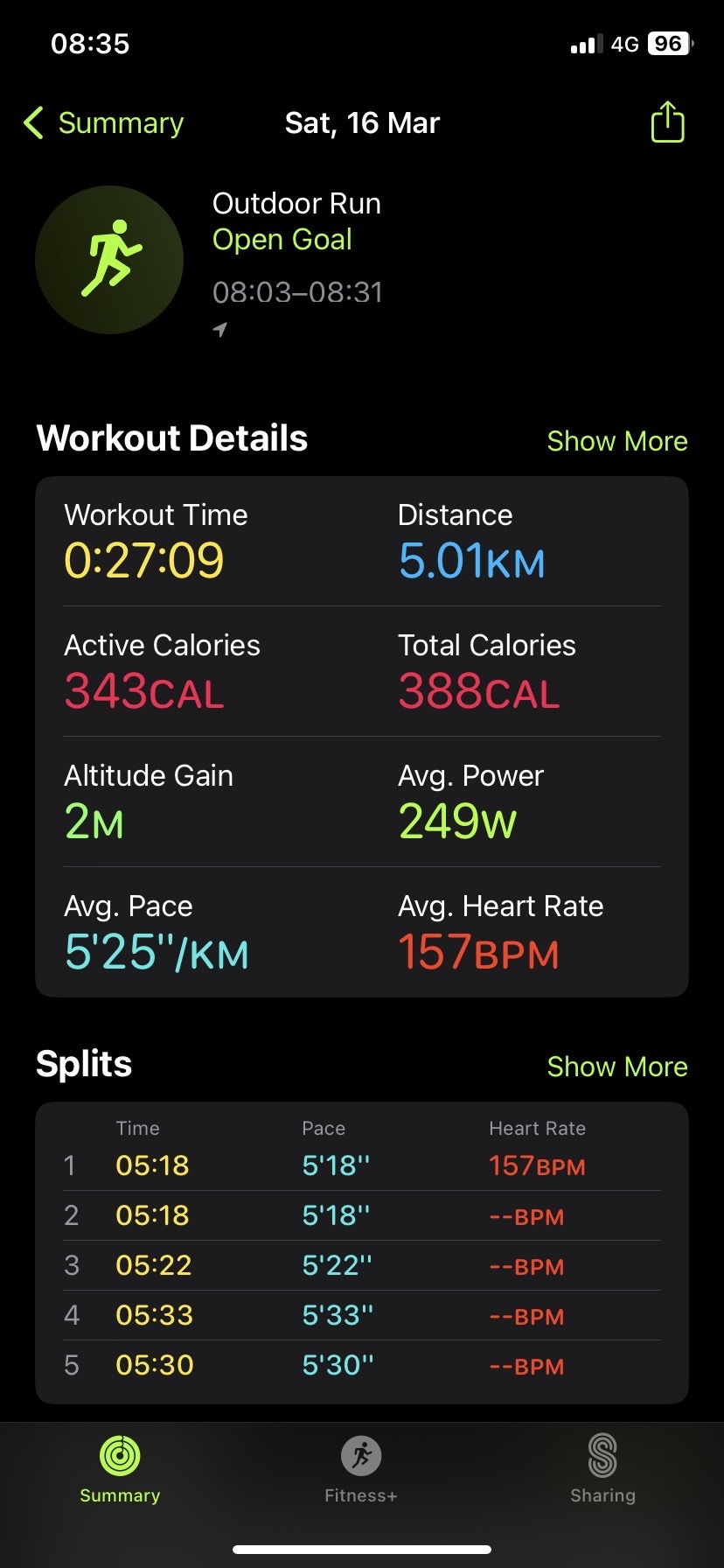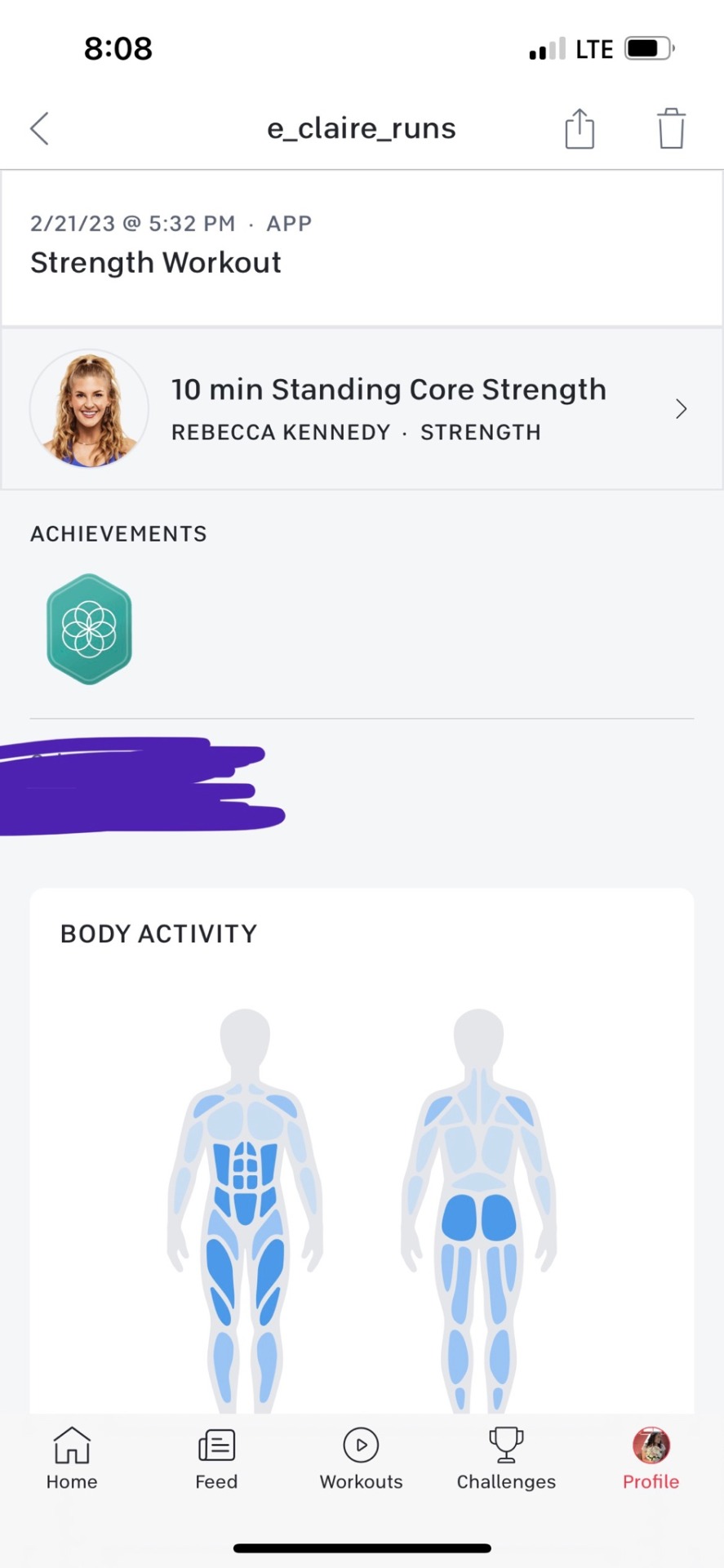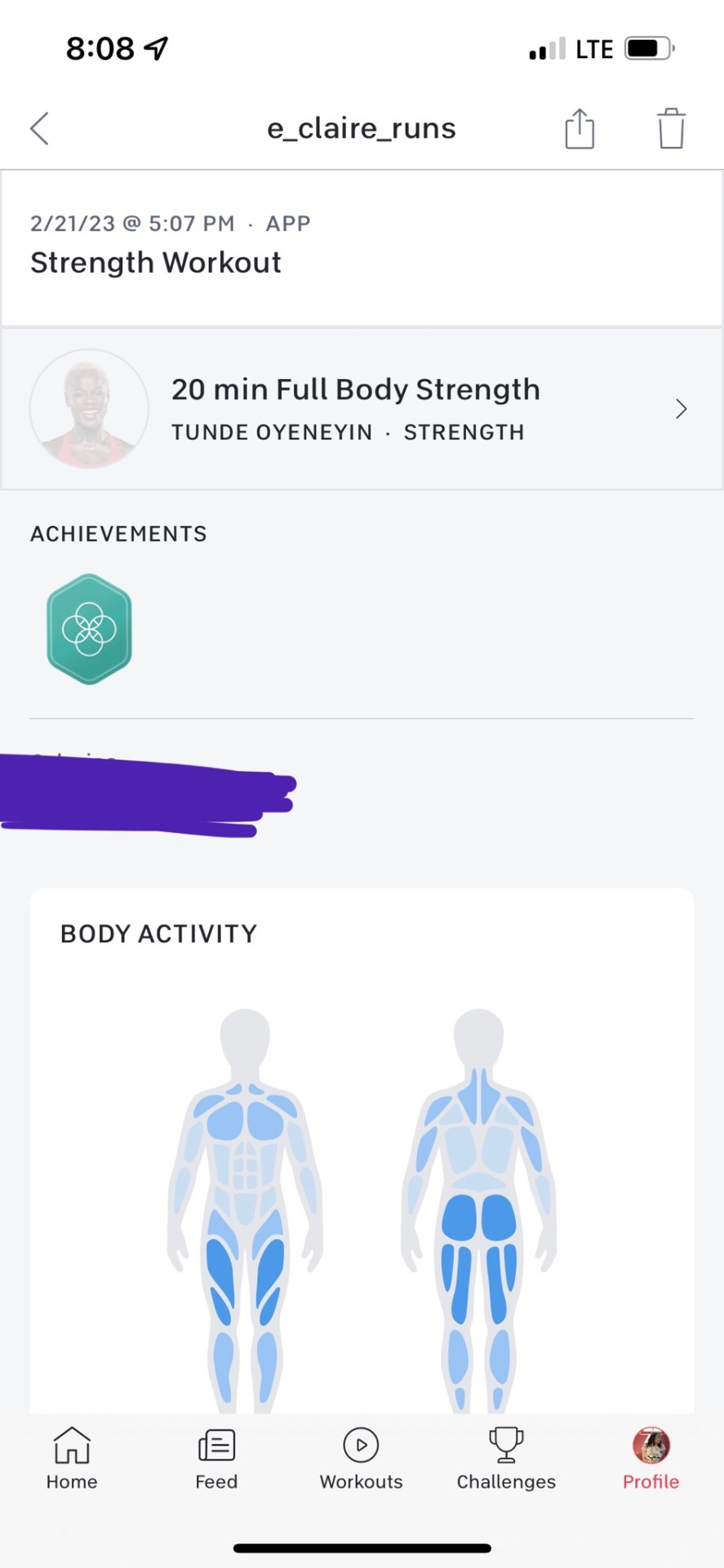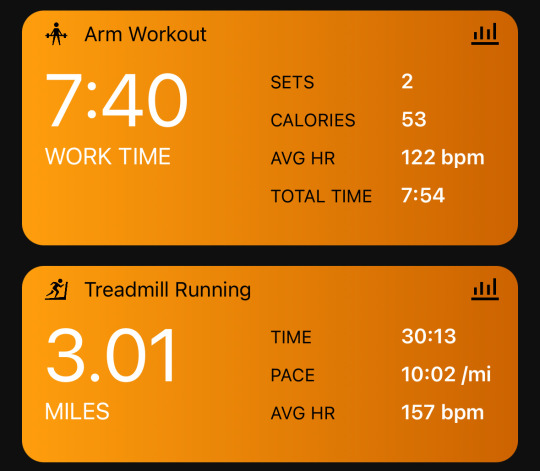#strength for runners
Text
We were all blinded by the idea of Hunter receiving the full found family treatment, that we overlooked the very obvious “become a cyptic trash goblin” route. This is the same little dude who was dumped onto a top of a mountain and made it to the bottom BEFORE even getting his artificial magic staff. This was the only true outcome.
#the owl house#the owl house spoilers#toh#toh spoilers#toh hunter#hunter toh#labyrinth runners#he played with his strengths#and his strength is choosing the least mentally healthy option and running with it#humble offerings (junk)
7K notes
·
View notes
Note
*concerned silence* swannie is depressed now
:( poor boi wanna go back to da evil lake







Since he's been back at the Lair, Donnie's mind seems a lot clearer. He still seems... out of it, and his memory has huge chunks missing from it, but he doesn't forget people as soon as they're out of his sight anymore. There's no 'hard reset' each day. He's slowly healing from his injuries. He's even started to get a little bit of color back.
... But he seems so small. Mikey could swear there's a little less of him every day. Donnie has picked up Mikey hundreds of times throughout their lives. But Mikey's never picked up Donnie before now.
swanatello. ->
[ prev ] [ next ]
#donnies no raph but hes never been weak by any means#he was arguably always the runner up in terms of raw strength and body mass#hes not anymore#swanatello#asks#anon#rottmnt#rise of the teenage mutant ninja turtles#rise of the tmnt#tmnt#tmnt 2018#rottmnt au#donniesona#rottmnt pbj#rottmnt mikey#rottmnt donnie#rottmnt donatello#rottmnt michelangelo#rise donnie#rise donatello#rise mikey#rise michelangelo#rottmnt fanart#rottmnt comic#depression#tw depression#cw depression
957 notes
·
View notes
Text

been thinking about a dinluke blade runner au all day (mostly i just wanna put luke in fancy clothes)
#dinluke#dinluke art#digital art#the mandalorian#blade runner#this au would never work bc where the f is grogu lol#also roy batty! leia gives me strength#i wanna see her beat up din so bad#she deserves to chase a man through an abandoned building#and din looks great beat to a pulp#its a win win for everyone
157 notes
·
View notes
Text

I did like 5 planks for a minute each and I’m going to be so sore tomorrow
#fitblr#fitness#exercise#runner#running#runblr#runblog#run#fitbit#cardio#treadmill workout#treadmill#strava#garmin#strength training#core workout
11 notes
·
View notes
Text



Saturday 🤩🤩🤩🤩🤩🤩🤩🤩
No words.
Actually I have a few. 🤪
It feels like something has been unlocked and I feel so free. All these narratives I used to tell myself are gone.
I’m too slow ❌
I’m not good enough ❌
I’m too heavy ❌
I’m not the same person I used to be ❌
I’m injured and can’t recover ❌
The course is hard to run ❌
I can’t push myself ❌
I’m too sad ❌
Lockdown ruined my running ❌
Showing up is enough ❌
Instead, I’m thinking -
You are strong ✅
You can do this ✅
One step at a time ✅
Believe in yourself ✅
You can push harder ✅
I never thought I would run a PB again. I had resigned myself to the times I was getting and accepted myself, which is a huge part of the journey. Because that healing then made me realise I WAS capable of more and I could fall back in love with running - and myself. But it wasn’t going to come from a place of frustration or disdain for myself. I had a great friend run slower with me around June last year and pace me through to all these small goals I set for myself. All I wanted was sub-30 and suddenly in the last 8 or so months I have achieved more than I ever thought I could. The hunger has come back and that spark ✨ I really missed myself.
#gymlife#training#strength and conditioning#nutrition#food#food log#mfp#wieiad#health & fitness#personal#runna#runner#5km#parkrun
9 notes
·
View notes
Text






This peloton matching set is so cute- featuring me being dead after doing Tunde’s 20 min full body lift… then did this core and fun ride! Didn’t want to run because my ankle wasn’t feelin it!!!
#runblr#cardio#strength training log#peloton#full body strength#running#runner#garmin#fitness#cross training#active fitblr#personal#my face#gym selfie#selfie#peloton spin#fitblr
35 notes
·
View notes
Text

Ocs and carrying
#my art#my ocs#oc art#santo armas#Ernest Rochefort#they’re so cute#I love them#I imagine Santo is very strong due to working in farms most of his life#he’s got broad shoulders and thick thighs that help him pick up heavy objects#also he is a hefty eater#he is a fast runner because of his leg strength but he has shit stamina so he doesn’t get very far before he’s dying 😭#Ernest was in the war ofc he got some muscle when training#over the years he didn’t train much#so he’s not as strong but he is quite agile#he has amazing stamina too which works in his favor since he travels lots and often has to walk long distances for days
5 notes
·
View notes
Text
People with super strength really shouldn't be as buff as comics and TV might tell you. How are they supposed to gain muscle?
They'd need mountain sized weights for there to be any strain.
#not-a-post#their only hope is cardio#so they either have a dad bod or a runner's bod#but giant bulging biceps? HELL NO!#you think there's a gym in existence thay would be able accommodate superman's strength
3 notes
·
View notes
Text
Power Up Your Run | The Benefits of Strength Training for Runners
Running is an excellent way to keep fit, but did you know that adding strength training to your regimen can help you improve your running game? Strength training can help you run faster, minimize your chance of injury, and attain your fitness objectives faster. In this blog post, we'll look at the benefits of strength training for runners and give you some pointers on how to include it into your workout routine.

The importance of strength training for runners
Strength training is an important part of any excellent running programme. Running is an effective kind of aerobic exercise that can enhance heart health and burn calories; yet, it largely utilises the lower body muscles, leaving other muscle groups underutilised. Strength training fills this void by focusing on all main muscular groups in the body, including the upper body, core, and hips, all of which are vital for running mechanics.
Strength training on a regular basis can also assist runners enhance their running performance by increasing power, speed, and endurance. Furthermore, it can aid in injury prevention by strengthening muscles and joints, improving flexibility and mobility, and increasing bone density. Runners can enhance their general health and lower their risk of chronic diseases by including strength training into their running practise.
Benefits of Strength Training for Runners
1. Improved running performance
Strength training can help you run faster, further, and more comfortably. When you run, your muscles collaborate to propel you forward, and the stronger these muscles are, the more efficiently they can function. Strength training improves muscle strength, power, and endurance, which can help you run faster, with better form, and overall perform better.
2. Less risk of injury
Running is strenuous on the body, and injuries are common. Strength training can help lower your risk of injury by strengthening your muscles and increasing your flexibility. Strong muscles support your joints and bones, lowering your risk of strains, sprains, and other ailments.
3. Fast recovery time
Strength training can also help you recover from your runs faster. Running causes small tears in your muscles, which can cause discomfort and exhaustion. Strength exercise aids in the regeneration of microtears, shortens recovery time, and allows you to feel better faster.
Types of Strength Training Exercises for Runners
There are many types of strength training exercises that runners can incorporate into their workout routine to improve their overall strength, power and endurance. Here are some examples:
A. Weight Training
1. Squats
Squats are one of the finest workouts for runners since they target the muscles needed for running mechanics, such as the glutes, quadriceps, and hamstrings. They also aid in the development of lower-body strength, power, and stability.
2. Deadlifts
The deadlift is another effective exercise that targets the glutes, hamstrings and lower back muscles. They can help improve running performance by increasing power and speed while reducing the risk of injury.
3. Lunges
Lunges are a versatile exercise that targets the quadriceps, glutes and hamstrings. They also help improve balance and stability, which is important for maintaining proper running form.
B. Body Weight Exercises
1. Push-ups
Push-ups are an excellent bodyweight exercise that targets the chest, shoulders and triceps. They can help improve upper body strength, which is essential for maintaining good posture while running.
2. Pull-ups
Pull-ups are another effective bodyweight exercise that targets the back, biceps and arms. They can help improve grip strength, which is important for maintaining proper running form.
3. Planks
Planks are a core strengthening exercise that targets the abdominals, lower back and obliques. They can help improve overall core stability and reduce the risk of back pain while running.
C. Plyometric Exercises
1. Box Jump
The box jump is a plyometric exercise that targets the lower body muscles, including the glutes, quadriceps, and calves. They can help improve power and explosiveness, which is critical to improving running performance.
2. Jump Squats
Jump squats are another plyometric exercise that targets the lower body muscles. They can help improve strength and endurance while reducing the risk of injury.
3. Lateral Jump
The lateral jump is a plyometric exercise that targets the muscles of the hips and legs. They can help improve lateral movement, agility, and balance, which is important to prevent impingement while running.
Runners can enhance their overall strength, power, and endurance by including a range of strength training activities into their regimen, resulting in better running performance and a lower chance of injury.
Incorporating strength training into your running routine
Incorporating strength training into a running routine can be challenging, but with the right approach, it can be extremely beneficial. Here are some tips on how to incorporate strength training into your running routine:
A. Frequency and Duration
To reap the benefits of strength training, runners should aim to strength train at least two to three times per week. The duration of each strength training session will depend on the athlete's fitness level and goals. Beginners can start with 20-30 minute sessions and gradually increase the duration as their strength improves.
B. Timing
The timing of a strength training workout can affect running performance. To prevent fatigue and reduce the risk of injury, runners should schedule their strength training workouts on non-consecutive days, allowing at least one rest day between strength training sessions. Strength training workouts are also recommended after running, as this maximizes the benefits of the workout and minimizes the risk of injury.
C. Progress
Progression is an essential part of strength training, and runners should aim to gradually increase the intensity and volume of their workouts over time. This can be done by lifting weights, increasing the number of repetitions or the number of sets. It is important to avoid overtraining, as this can increase the risk of injury and hinder progress. Runners should listen to their bodies and make adjustments as needed.
Tips for incorporating strength training into your routine
To get the most out of strength training, it's important to incorporate it into your training program in a way that complements your running. Here are some tips to help you get started:
1. Start small
Start with some basic exercises like squats, lunges and push-ups. Increase the intensity and frequency of your workouts as you build strength and confidence.
2. Focus on form
Proper form is essential to getting the most out of your strength training. Work with a trainer or watch online videos to learn proper form for each exercise.
3. Include a variety of exercises
Strength training should target all major muscle groups, including the legs, core, and upper body. Include a variety of exercises such as planks, deadlifts and pull-ups to work different muscle groups.
4. Schedule your workouts
Set aside dedicated time for strength training in your weekly routine. Aim to strength train at least 2-3 times a week.
Conclusion
Strength training should be incorporated into a running regimen for runners who wish to increase their running performance, avoid injuries, and stay healthy. Regular strength training can help runners improve their general strength and reduce their risk of chronic diseases by increasing their strength, speed, and endurance.
Weight training, bodyweight exercises, and plyometric workouts are all sorts of strength training activities that runners can integrate into their workout programme. Runners should strive to strength train at least twice a week, on non-consecutive days, and gradually increase the intensity and volume of their exercises over time.
Runners may get the most out of their strength training routines and reach their fitness objectives by following these guidelines. Strength training can be difficult to include into a running regimen, but with the appropriate technique, it can be incredibly useful for runners of all abilities.
FAQs
How often should runners strength train?
Runners should aim to strength train at least two to three times a week to reap the benefits of strength training. The duration of each strength training session will depend on the runner's fitness level and goals.
Can strength training make me a faster runner?
Yes, strength training can help runners to become faster by increasing their power and speed. It can also improve endurance by reducing fatigue and improving overall fitness.
Can strength training help prevent running injuries?
Yes, strength training can help to prevent running injuries by strengthening the muscles and joints used in running. It can also improve balance and stability, which is critical for maintaining proper running form and avoiding injury.
Do I need to join a gym to do strength training?
No, runners can do strength training exercises at home or outdoors using bodyweight exercises or minimal equipment. However, joining a gym can provide access to more equipment and resources, which can be beneficial for more advanced strength training workouts.
8 notes
·
View notes
Text
Insanely unfair that cycling can injure your elbows
#first runners knee now tennis elbow?!#otoh ive had shoulder issues for forever bc of hypermobility so maybe.....i might need....... to start strength training........... 😭
3 notes
·
View notes
Text

I’m kinda bummed that there wasn’t an eclipse badge 😅😅
#it could have been cute#fitblr#fitness#exercise#runner#running#runblr#runblog#run#fitbit#cardio#treadmill workout#treadmill#strava#garmin#arm day#strength training
13 notes
·
View notes
Text



Um excuse me is this real life?
Under 29! What! Ok I’m not going to be surprised. I legit looked myself in the eye when I got ready and I said when you come back into this house you will have run under 29. It’s time! And I thought like that because it is drizzly, much cooler, and although still 90% humidity I can handle it without the sun so it was the right conditions to have a go.
The last km I was off pace after that 4th and I really had to push it home for the last 400m but hey! We did it!
!!!!!!!!
#gymlife#training#strength and conditioning#nutrition#food#food log#health & fitness#personal#runner#Runna#parkrun#5km
7 notes
·
View notes
Text
It was a mistake to watch Heartstopper & What We Do In The Shadows days before I started First Kill. It just… cannot compare.
#no shade to anyone who likes it#the vampire aspect isn’t as good as WWDITS & the teenage dialgoue isn’t as good as heartstopper#altogether it’s just not cutting it for me#which is a shame bc sapphic vampire/hunter dynamic is so good#I haven’t read anything by schwab but considering she is also the show runner not sure I want to#I just really dislike daytime vampires#I’ve never read a work around that works for me#I can ignore some aspects of production quality for other strengths but this ain’t it#it’s just cringe#so I’m stopping after the first episode
2 notes
·
View notes